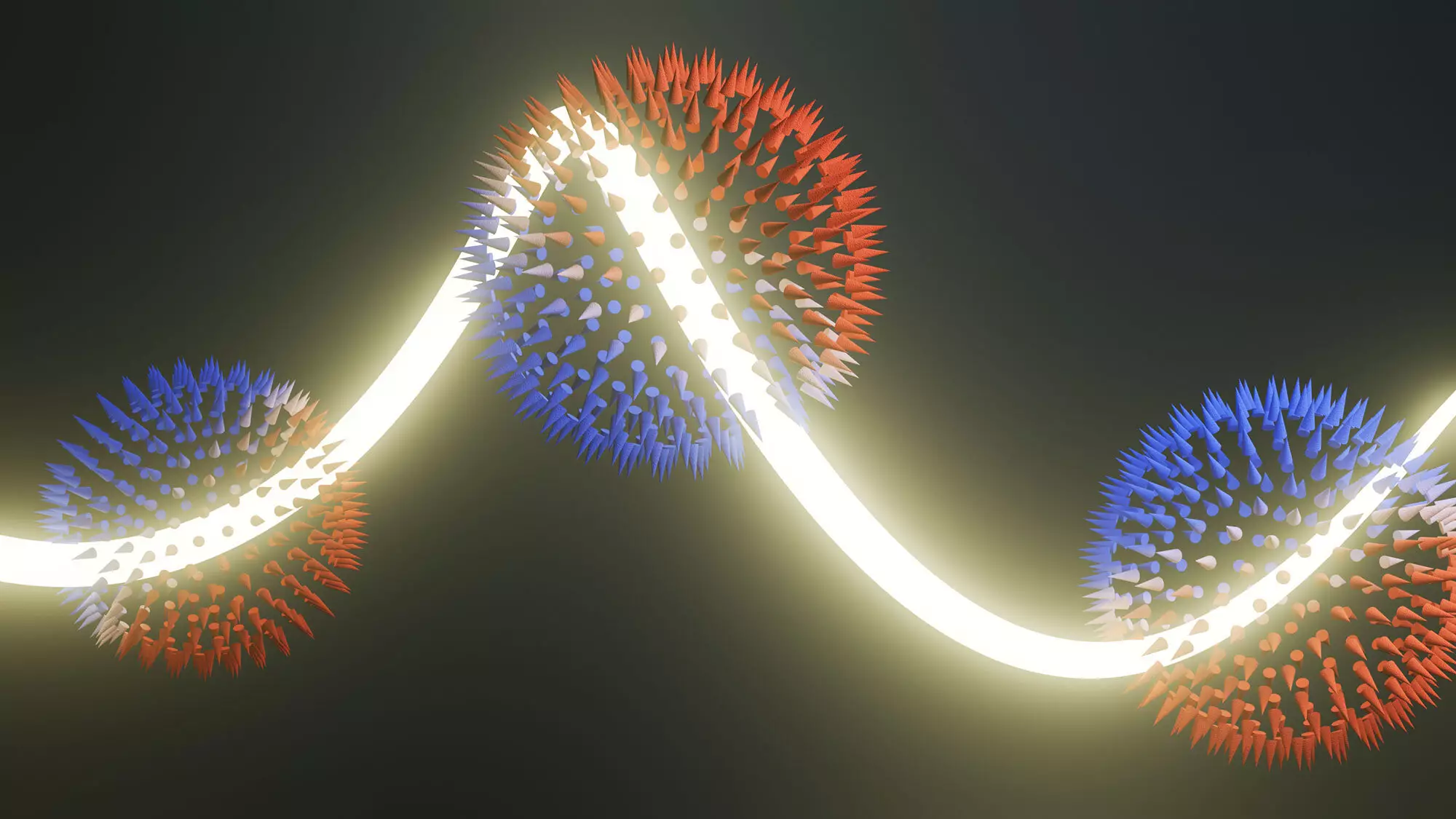In the age of rapidly advancing technological innovation, the quest for alternatives to traditional electronics has never been more urgent. As environmental concerns mount, researchers are exploring the potential of orbitronics, a novel field that diverges from conventional electronic and spintronic devices. Unlike traditional electronics that rely on the charge of electrons, orbitronics taps into the intriguing property of orbital angular momentum (OAM) of electrons, which orbits around their atomic nucleus. The recent breakthrough in this field—demonstrating the existence of OAM monopoles—signals a pivotal step toward creating energy-efficient and sustainable electronic devices.
OAM is a distinctive property that describes the rotational characteristics of electrons within an atom. By leveraging this attribute, orbitronics offers a unique channel for encoding and transmitting information, potentially leading to significant reductions in energy consumption compared to present-day technologies. This trait stands in contrast to spintronics, which capitalizes on the electron spin to facilitate information transfer. With the advent of novel materials like chiral topological semi-metals, scientists are discovering ways to harness OAM effectively, marking a frontier in the quest to enhance electronic technology’s efficiency and sustainability.
The significant leap in understanding OAM comes from the study of chiral topological semi-metals—materials first investigated at the Paul Scherrer Institute in Switzerland. These materials possess a helical atomic structure reminiscent of DNA, which allows them to naturally generate specific OAM patterns. This characteristic is crucial for orbitronics as it eliminates the need for external stimuli to create OAM textures, ultimately simplifying the process of generating stable and efficient OAM currents. Researchers, including Michael Schüler and his team, believe that these materials could revolutionize energy efficiency in memory devices, making them more practical and accessible.
A particularly exciting development in this realm is the identification of OAM monopoles within the chiral topological semi-metals. The concept of OAM monopoles—that OAM can spread uniformly from a central point—offers tantalizing advantages, such as isotropic distribution. This means that information can flow in any direction, allowing for versatile and adaptable device architectures. Prior to this groundbreaking research, the existence of OAM monopoles remained speculative, with no empirical evidence to confirm their reality.
One of the most critical challenges in the field was bridging the gap between theoretical predictions and experimental validation. Utilizing advanced techniques like Circular Dichroism in Angle-Resolved Photoemission Spectroscopy (CD-ARPES), researchers attempted to unveil the hidden OAM textures while dealing with complicated data interpretations. Previous experiments left lingering questions, as the data’s complexity obscured direct evidence of OAM monopoles. However, through diligence, rigorous theoretical evaluation, and an innovative approach of varying photon energies, the study team successfully resolved the discrepancies between theory and experiment, conclusively proving the existence of these monopoles.
Implications for the Future of Electronics
The implications of successfully demonstrating OAM monopoles are enormous. Beyond simply confirming their existence, the findings open up avenues for new types of orbitronic devices that can manipulate electron properties to supply energy-efficient solutions. Moreover, the versatility inherent in OAM textures could lead to devices with customizable directionality, a feature highly sought after in various applications, from data storage to advanced computing technologies.
With proof of the OAM monopoles in place, researchers can confidently explore OAM textures across various materials. Future applications may bolster the development of memory devices that consume significantly less power while increasing performance capability—a vital consideration as the digital world expands and efficiency becomes a necessity.
The verification of OAM monopoles marks not just a victory for those in the field of orbitronics, but a hopeful indication of a transformative future in electronics. By unlocking new properties of materials that support the flow of OAM, researchers are setting the stage for an era of technological advancements grounded in sustainability. As the journey continues, the full potential of orbitronics remains to be realized, promising innovations that could reshape our understanding and interaction with electronic devices for generations to come.


Leave a Reply